Take Note of the Temperature
As with anything that’s living (except for the tardigrade, which is essentially nature’s Superman), plants require the right temperature to live a healthy life. One of the most important factors in how to keep indoor plants warm in the winter is to have a proper understanding of where the cold and warm areas of your interior are. Now, you may feel like your entire house is toasty and warm throughout the winter, but let’s not forget that plants are far more sensitive to temperature than humans, so what may feel like a little draft for you may end up freezing your plants.
One of the biggest mistakes that homeowners make when tending to their indoor plants during the winter is they put them on a windowsill that gets the most sunlight but don’t consider that this window may have air leaks. Again, you may not feel the draft coming in as it may be very light, but your plants will likely get affected by it. The best thing to do before putting your plants on the windowsill is to perform an air leak test. It could also be a matter of your window panes having a low e-value, which determines how heat-retentive they are. If you do not have the time to replace all your window panes, consider investing in an indoor plant heater. These tend to be quite bulky and are designed to be placed on floors and tables, as opposed to the windowsill.
What you may find more useful, in this case, are more portable plant heating mats, which can be placed on almost any surface since they are foldable. Some of these mats allow you to adjust their temperature so that you can control exactly how much heat your plants receive. You can purchase these through online marketplaces for around $20, so they’re quite affordable. However, the mat alone will not be enough — you should still plug up any air leaks, as the direct draft can damage your plants even if they are getting heat from below.
Cleaning
One trick on how to keep indoor plants green and healthy that people seem to overlook is the cleanliness of the plants. It’s not enough to simply water them and occasionally tend to the soil. Your plants, their stems and leaves, and especially the soil must be regularly cleaned of things like dust, loose pieces of junk, and other things that don’t go beyond the soil.
All the junk you find in potted plants keeps water from properly reaching the roots below, meaning your plants are not receiving the nutrients they need to stay alive and healthy. Also, all that excess dust on the leaves could interfere with their photosynthesis, as it prevents them from absorbing as much sunlight, essentially cutting them off from a very important source of nutrients and energy.
Pick out any bits of junk from the soil, clean the dust off the plants, and make sure to get some water on the leaves and stems as well to give them a light wash from time to time. Don’t use too much water; you risk drowning your plants instead. It’s not meant to be a thorough wash but a light sprinkling.
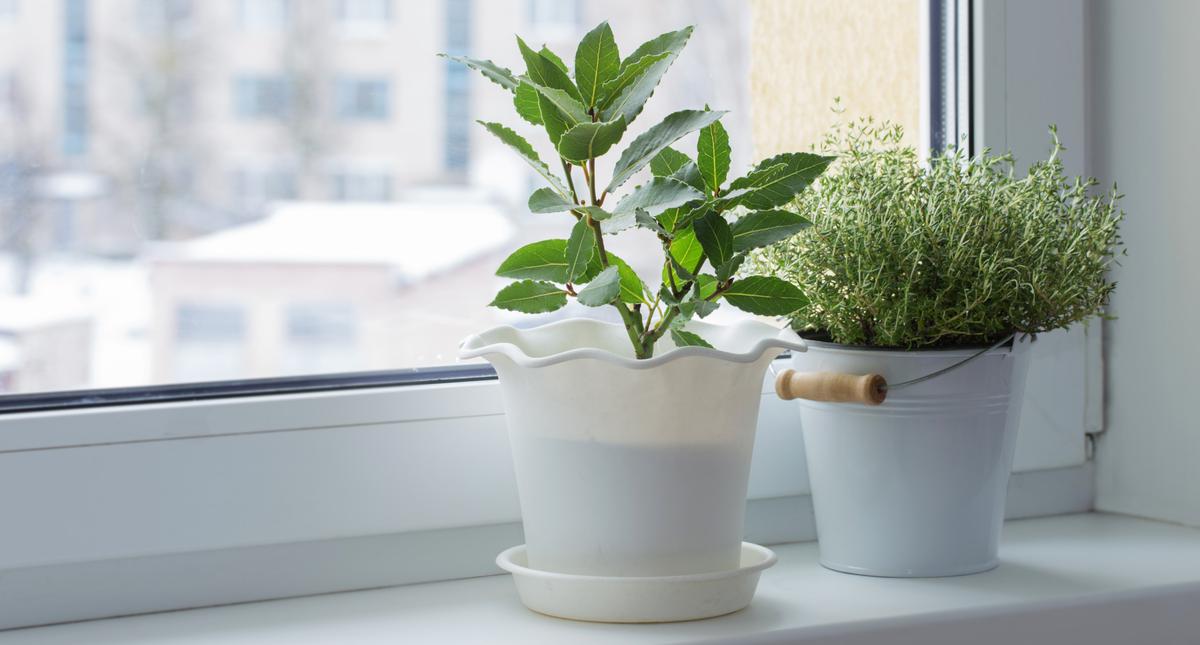
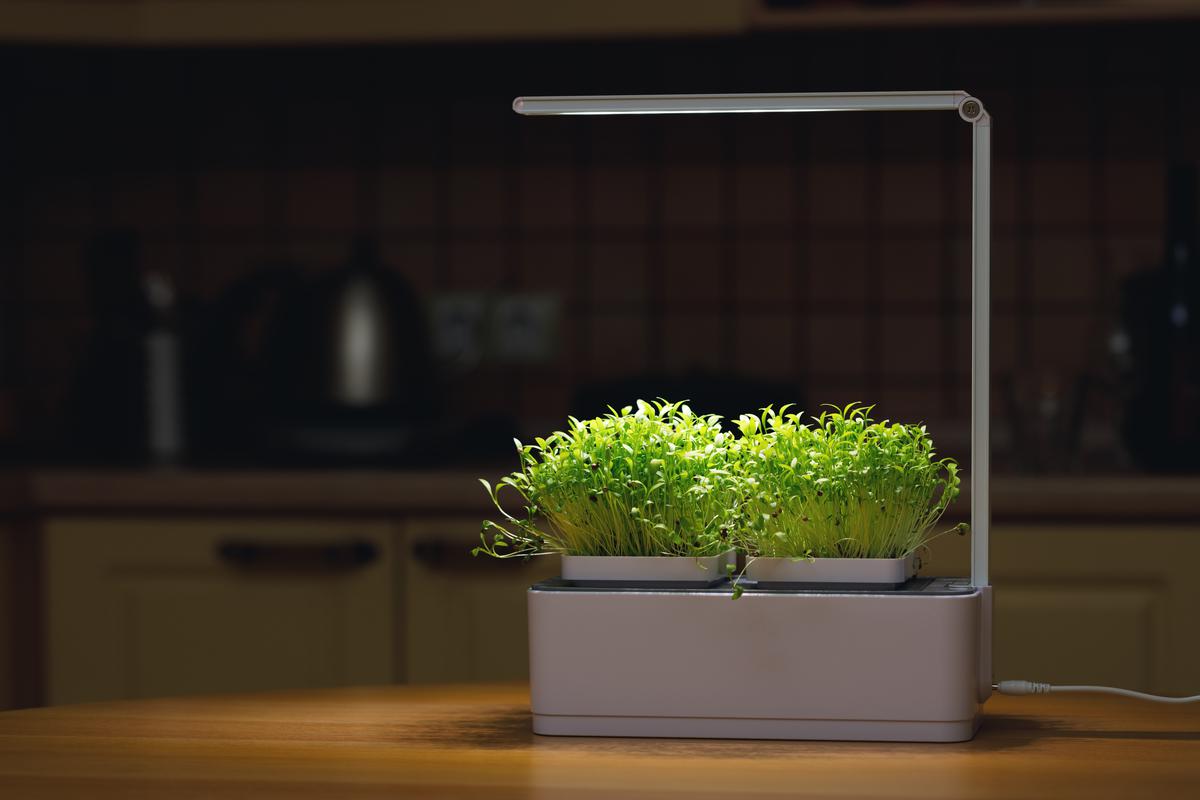
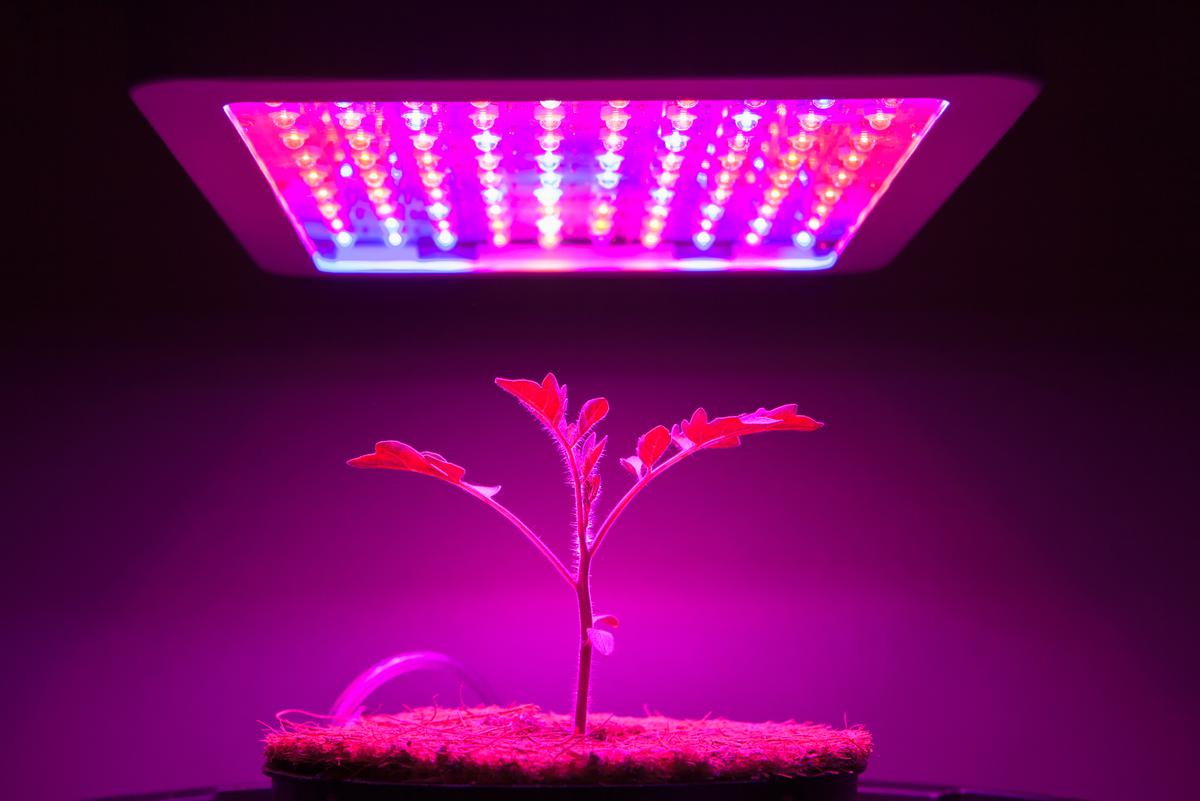
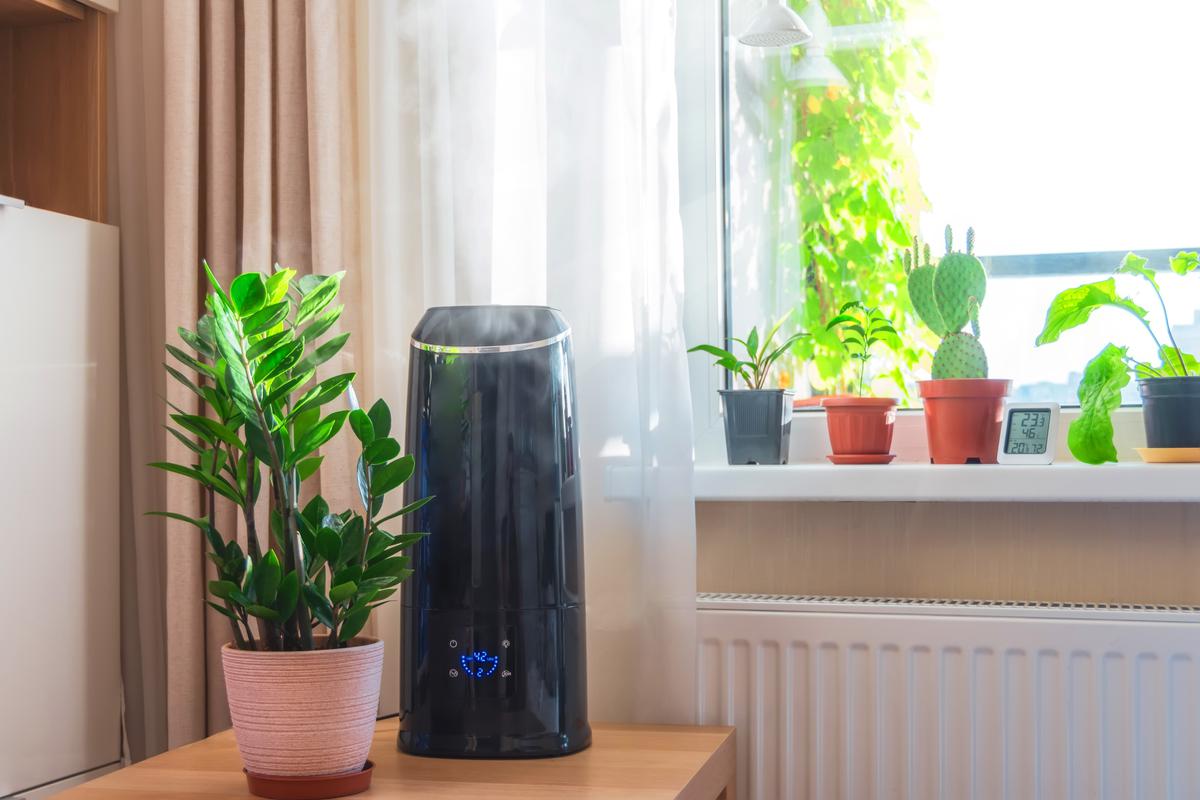
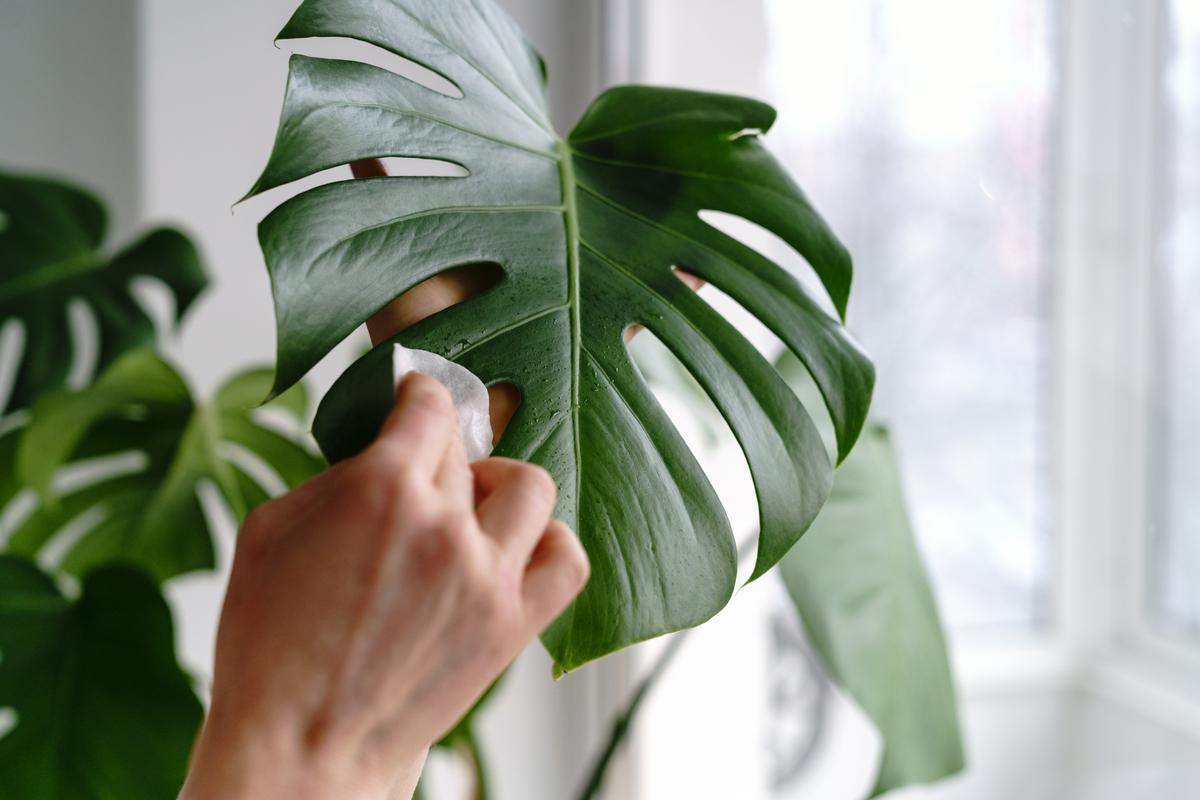

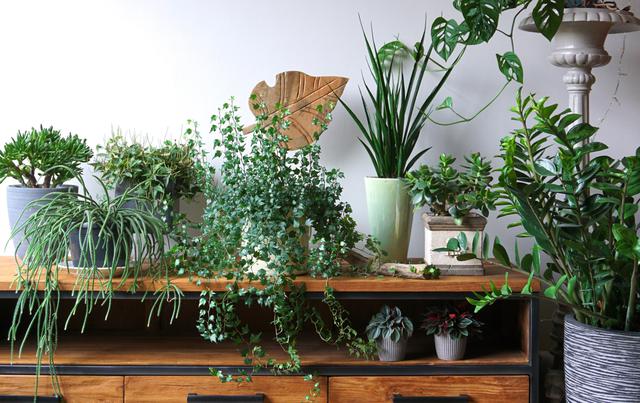
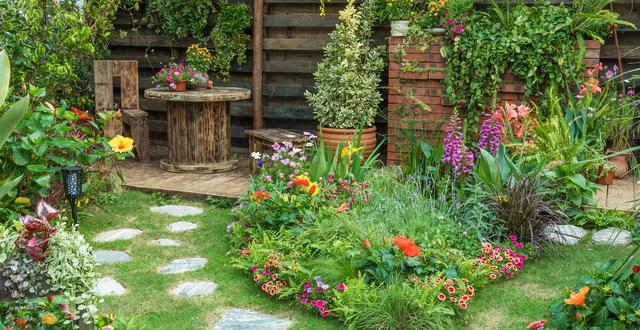
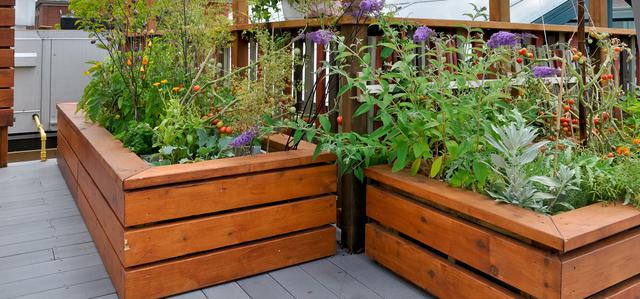
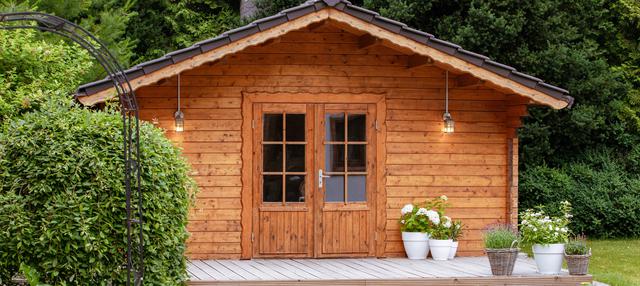
comments